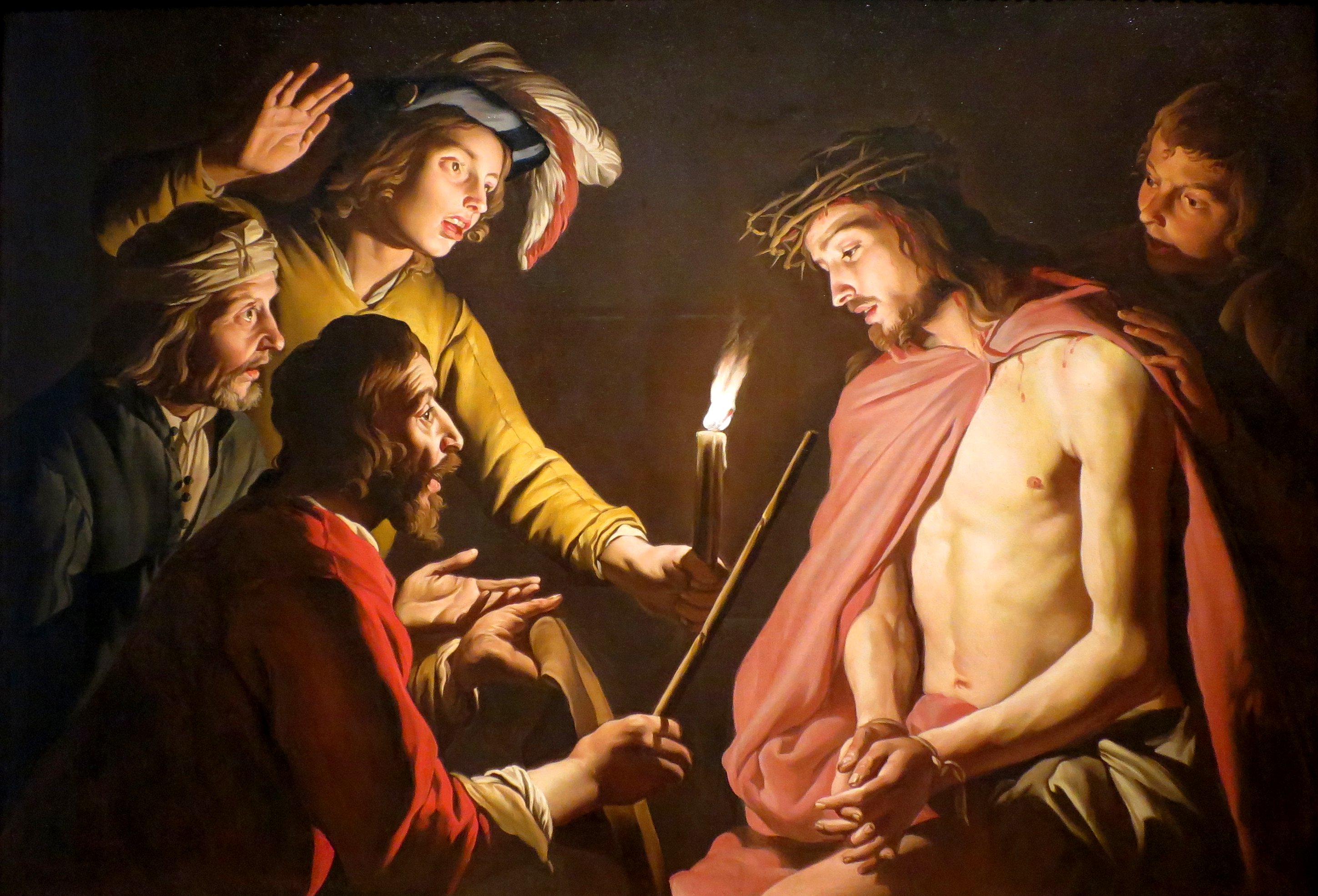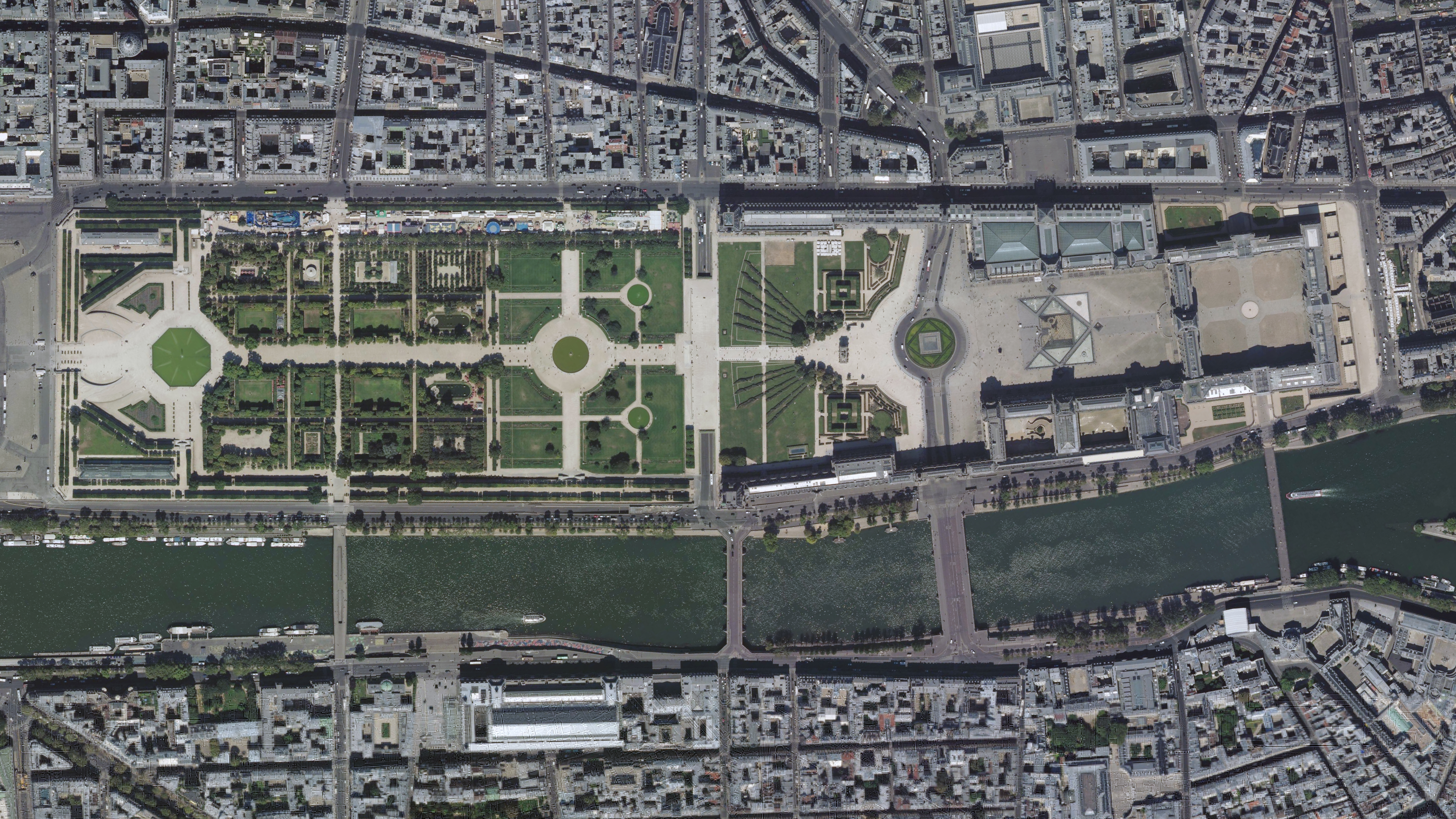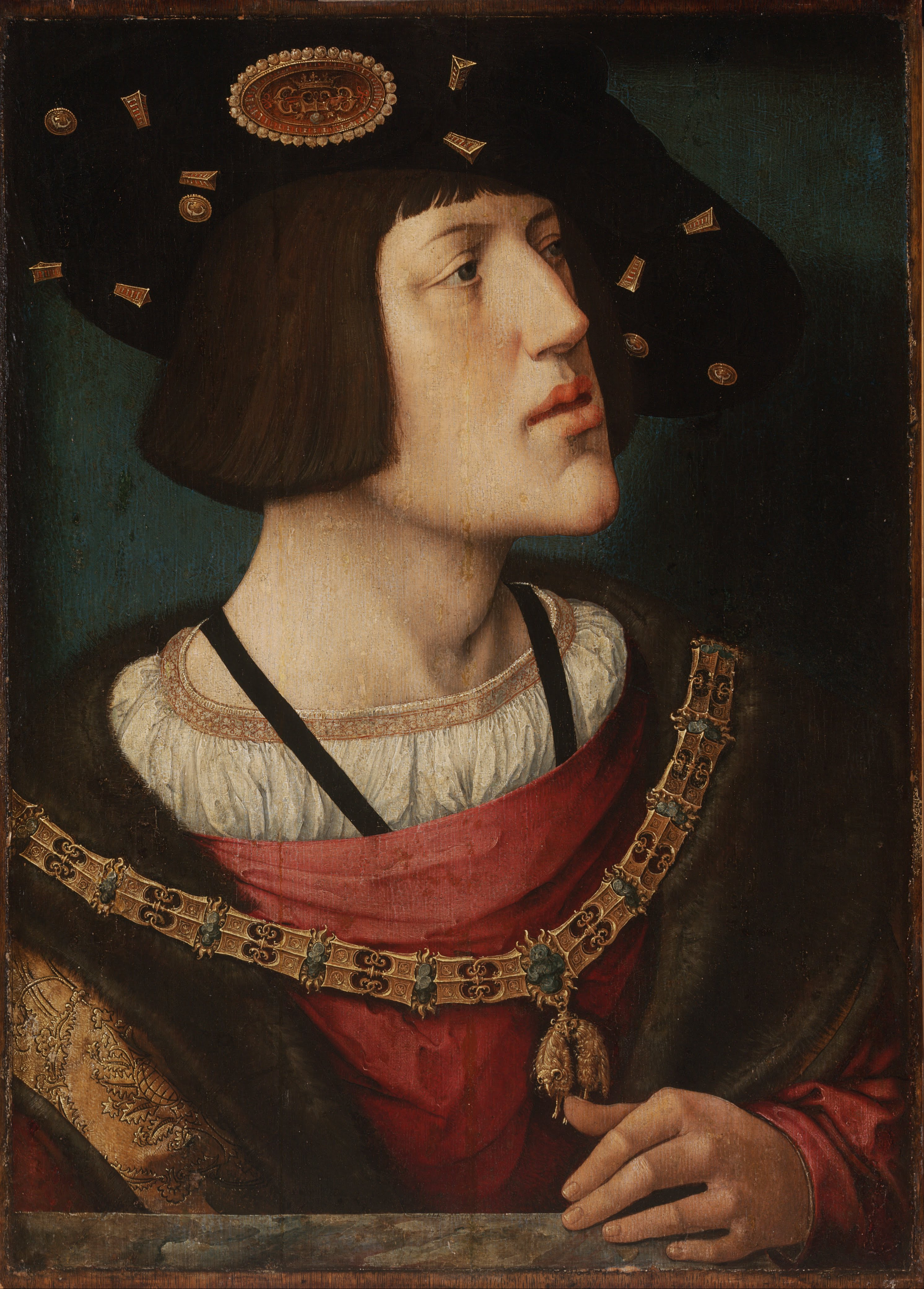|
Franses Tapestry Archive
The Franses Tapestry Archive and Library in London is devoted to the study of European tapestries and figurative textiles. It is the world’s largest academic research resource on the subject. History Established in 1987, the archive was co-founded by Simon Franses, a director of the Franses Gallery and Thomas P. Campbell, Tom Campbell, a tapestry scholar. After 7 years of full-time work, Dr Campbell moved to New York to take up a curatorial post at the Metropolitan Museum of Art. He went on to curate two landmark Tapestry exhibitions ''Tapestry in the Renaissance: Art and Magnificence'' (2002) and ''Tapestry in the Baroque: Threads of Splendor'' (2007).Thomas P. Campbell, Pascal-François Bertrand, Jeri Bapasola, 'Tapestry in the Baroque: Threads of Splendor', Metropolitan Museum of Art (New York, N.Y.), Metropolitan Museum of Art, 1 Jan 2007 In 2008, he was appointed director of the museum. The vast collection of images began to be collected by Dr Campbell with a team of resea ... [...More Info...] [...Related Items...] OR: [Wikipedia] [Google] [Baidu] |
London
London is the capital and List of urban areas in the United Kingdom, largest city of England and the United Kingdom, with a population of just under 9 million. It stands on the River Thames in south-east England at the head of a estuary down to the North Sea, and has been a major settlement for two millennia. The City of London, its ancient core and financial centre, was founded by the Roman Empire, Romans as ''Londinium'' and retains its medieval boundaries.See also: Independent city#National capitals, Independent city § National capitals The City of Westminster, to the west of the City of London, has for centuries hosted the national Government of the United Kingdom, government and Parliament of the United Kingdom, parliament. Since the 19th century, the name "London" has also referred to the metropolis around this core, historically split between the Counties of England, counties of Middlesex, Essex, Surrey, Kent, and Hertfordshire, which largely comprises Greater London ... [...More Info...] [...Related Items...] OR: [Wikipedia] [Google] [Baidu] |
Raphael Cartoons
The Raphael Cartoons are seven large cartoons for tapestries, belonging to the British Royal Collection but since 1865 on loan to the Victoria and Albert Museum in London, designed by the High Renaissance painter Raphael in 1515–16 and showing scenes from the Gospels and Acts of the Apostles. They are the only surviving members of a set of ten cartoons commissioned by Pope Leo X for the Sistine Chapel tapestries for the Sistine Chapel in the Vatican Palace, which are still (on special occasions) hung below Michelangelo's famous ceiling. Reproduced in the form of prints, the tapestries rivalled Michelangelo's ceiling as the most famous and influential designs of the Renaissance, and were well known to all artists of the Renaissance and Baroque. Admiration of them reached its highest pitch in the 18th and 19th centuries; they were described as "the Parthenon sculptures of modern art". Commission and the tapestries Raphael – whom Michelangelo greatly disliked – was h ... [...More Info...] [...Related Items...] OR: [Wikipedia] [Google] [Baidu] |
The Story Of Scipio
''The'' () is a grammatical article in English, denoting persons or things that are already or about to be mentioned, under discussion, implied or otherwise presumed familiar to listeners, readers, or speakers. It is the definite article in English. ''The'' is the most frequently used word in the English language; studies and analyses of texts have found it to account for seven percent of all printed English-language words. It is derived from gendered articles in Old English which combined in Middle English and now has a single form used with nouns of any gender. The word can be used with both singular and plural nouns, and with a noun that starts with any letter. This is different from many other languages, which have different forms of the definite article for different genders or numbers. Pronunciation In most dialects, "the" is pronounced as (with the voiced dental fricative followed by a schwa) when followed by a consonant sound, and as (homophone of the archaic pro ... [...More Info...] [...Related Items...] OR: [Wikipedia] [Google] [Baidu] |
Deeds Of Scipio '', a 2002 remake of ''Mr Deeds Goes to Town'' starring Adam Sandler.
{{disambig ...
Deeds may refer to: *Deed, a legal instrument used to grant a right. *Deeds (Software), a software package for designing and simulating digital systems *Sen. Creigh Deeds, an American politician, member of the Virginia Senate and Democratic Nominee for the 2009 Gubinatorial race of the Commonwealth of Virginia. *''Mr. Deeds Goes to Town'', a 1936 comedy film starring Gary Cooper. *''Mr. Deeds ''Mr. Deeds'' is a 2002 American comedy film directed by Steven Brill, written by Tim Herlihy, and starring Adam Sandler and Winona Ryder with Peter Gallagher, Jared Harris, Allen Covert, Erick Avari, and John Turturro in supporting role ... [...More Info...] [...Related Items...] OR: [Wikipedia] [Google] [Baidu] |
Scuola Nouva , Italian labor union for teachers
{{disambiguation ...
''Scuola'' ('school' in Italian; plural ''scuole'') is part of the name of many primary and secondary schools in Italy, Italian-language schools abroad, and institutes of tertiary education in Italy. Those are not listed in this disambiguation article. It may also refer to: Associations * The Scuole Grandi of Venice, religious confraternities with art collections * The Scuole Piccole of Venice, religious confraternities Artistic movements * Scuola Romana or Scuola di via Cavour, a 20th-century art movement in Rome * Giovane scuola, a group of Italian composers of the late 19th and early 20th centuries Other * ''La scuola'', 1995 Italian film * CISL Scuola CISL Scuola is a trade union representing school teachers in Italy. The union was founded in 1997, when the National Union of Elementary Schools merged with the National Middle School Union. Both unions had been part of the loose Italian Federat ... [...More Info...] [...Related Items...] OR: [Wikipedia] [Google] [Baidu] |
Passion Of Jesus
In Christianity, the Passion (from the Latin verb ''patior, passus sum''; "to suffer, bear, endure", from which also "patience, patient", etc.) is the short final period in the life of Jesus Christ. Depending on one's views, the "Passion" may include, among other events, Jesus' triumphal entry into Jerusalem, his cleansing of the Temple, his anointing, the Last Supper, Jesus' agony in the Garden, his arrest, his Sanhedrin trial, his trial before Pontius Pilate, his crucifixion and his death on Good Friday, his burial, and the resurrection of Jesus. Those parts of the four canonical Gospels that describe these events are known as the "Passion narratives". In some Christian communities, commemoration of the Passion also includes remembrance of the sorrow of Mary, the mother of Jesus, on the Friday of Sorrows. The word ''passion'' has taken on a more general application and now may also apply to accounts of the suffering and death of Christian martyrs, sometimes using the L ... [...More Info...] [...Related Items...] OR: [Wikipedia] [Google] [Baidu] |
Louvre
The Louvre ( ), or the Louvre Museum ( ), is the world's most-visited museum, and an historic landmark in Paris, France. It is the home of some of the best-known works of art, including the ''Mona Lisa'' and the ''Venus de Milo''. A central landmark of the city, it is located on the Right Bank of the Seine in the city's 1st arrondissement (district or ward). At any given point in time, approximately 38,000 objects from prehistory to the 21st century are being exhibited over an area of 72,735 square meters (782,910 square feet). Attendance in 2021 was 2.8 million due to the COVID-19 pandemic, up five percent from 2020, but far below pre-COVID attendance. Nonetheless, the Louvre still topped the list of most-visited art museums in the world in 2021."The Art Newspaper", 30 March 2021. The museum is housed in the Louvre Palace, originally built in the late 12th to 13th century under Philip II. Remnants of the Medieval Louvre fortress are visible in the baseme ... [...More Info...] [...Related Items...] OR: [Wikipedia] [Google] [Baidu] |
Bernard Van Orley
Bernard van Orley (between 1487 and 1491 – 6 January 1541), also called Barend or Barent van Orley, Bernaert van Orley or Barend van Brussel, was a versatile Flemish artist and representative of Dutch and Flemish Renaissance painting, who was equally active as a designer of tapestries and, at the end of his life, stained glass. Although he never visited Italy, he belongs to the group of Italianizing Flemish painters called the Romanists, who were influenced by Italian Renaissance painting, in his case especially by Raphael. He was born and died in Brussels and "served as a sort of commissioner of the arts for the Brussels town council". He was the court artist of the Habsburg rulers. He was extremely productive, concentrating on the design of his works, and leaving their execution largely to others, in the case of painting, and entirely so, in the case of the tapestries and stained glass. This he may have learned from Raphael, whose workshop in Rome was unprecedentedly l ... [...More Info...] [...Related Items...] OR: [Wikipedia] [Google] [Baidu] |
The Grotesques Of Leo X
''The'' () is a grammatical article in English, denoting persons or things that are already or about to be mentioned, under discussion, implied or otherwise presumed familiar to listeners, readers, or speakers. It is the definite article in English. ''The'' is the most frequently used word in the English language; studies and analyses of texts have found it to account for seven percent of all printed English-language words. It is derived from gendered articles in Old English which combined in Middle English and now has a single form used with nouns of any gender. The word can be used with both singular and plural nouns, and with a noun that starts with any letter. This is different from many other languages, which have different forms of the definite article for different genders or numbers. Pronunciation In most dialects, "the" is pronounced as (with the voiced dental fricative followed by a schwa) when followed by a consonant sound, and as (homophone of the archaic pro ... [...More Info...] [...Related Items...] OR: [Wikipedia] [Google] [Baidu] |
Vatican Museums
The Vatican Museums ( it, Musei Vaticani; la, Musea Vaticana) are the public museums of the Vatican City. They display works from the immense collection amassed by the Catholic Church and the papacy throughout the centuries, including several of the most well-known Roman sculptures and most important masterpieces of Renaissance art in the world. The museums contain roughly 70,000 works, of which 20,000 are on display, and currently employ 640 people who work in 40 different administrative, scholarly, and restoration departments. Pope Julius II founded the museums in the early 16th century. The Sistine Chapel, with its ceiling and altar wall decorated by Michelangelo, and the Stanze di Raffaello (decorated by Raphael) are on the visitor route through the Vatican Museums. In 2020, due to the COVID-19 pandemic, the Vatican Museums were visited by only 1,300,000 persons, a drop of 81 percent from the number of visitors in 2019, but still enough to rank the museums fourth among th ... [...More Info...] [...Related Items...] OR: [Wikipedia] [Google] [Baidu] |
Acts Of The Apostles
The Acts of the Apostles ( grc-koi, Πράξεις Ἀποστόλων, ''Práxeis Apostólōn''; la, Actūs Apostolōrum) is the fifth book of the New Testament; it tells of the founding of the Christian Church and the spread of its message to the Roman Empire. It gives an account of the ministry and activity of Christ's apostles in Jerusalem and other regions, after Christ's death, resurrection, and ascension. Acts and the Gospel of Luke make up a two-part work, Luke–Acts, by the same anonymous author. It is usually dated to around 80–90 AD, although some scholars suggest 90–110. The first part, the Gospel of Luke, tells how God fulfilled his plan for the world's salvation through the life, death, and resurrection of Jesus of Nazareth. Acts continues the story of Christianity in the 1st century, beginning with the ascension of Jesus to Heaven. The early chapters, set in Jerusalem, describe the Day of Pentecost (the coming of the Holy Spirit) and the growth o ... [...More Info...] [...Related Items...] OR: [Wikipedia] [Google] [Baidu] |
The Honours
''The'' () is a grammatical article in English, denoting persons or things that are already or about to be mentioned, under discussion, implied or otherwise presumed familiar to listeners, readers, or speakers. It is the definite article in English. ''The'' is the most frequently used word in the English language; studies and analyses of texts have found it to account for seven percent of all printed English-language words. It is derived from gendered articles in Old English which combined in Middle English and now has a single form used with nouns of any gender. The word can be used with both singular and plural nouns, and with a noun that starts with any letter. This is different from many other languages, which have different forms of the definite article for different genders or numbers. Pronunciation In most dialects, "the" is pronounced as (with the voiced dental fricative followed by a schwa) when followed by a consonant sound, and as (homophone of the archaic pro ... [...More Info...] [...Related Items...] OR: [Wikipedia] [Google] [Baidu] |


.png)



_of_the_Pinacoteca_Vaticana.jpg)
.jpg)